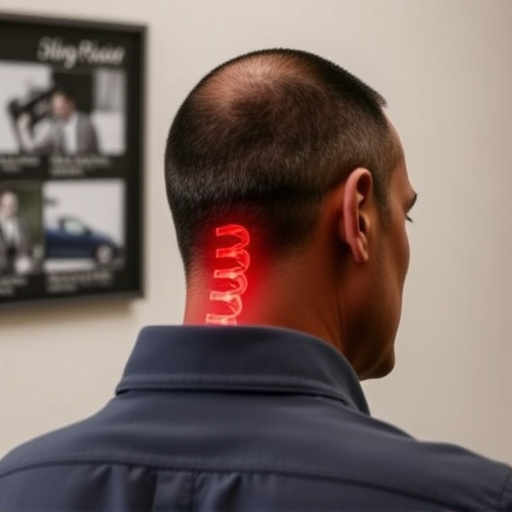Mass airflow sensor compatible intakes are a key optimization tool in modern manufacturing, offering improved combustion efficiency, reduced energy costs, better product quality, and consistent outputs. Strategically relocating sensors, including mass airflow sensors, enables real-time data on material and energy flow, facilitating precise adjustments to production processes that minimize waste and maximize output. This technology is crucial for engine optimization, enhancing performance, throttle response, reliability, and reducing emissions while contributing to long-term engine health.
Factory sensor relocation offers significant advantages in automotive engineering, especially with the integration of mass airflow sensor compatible intakes. This strategic shift enhances engine performance by optimizing air intake, ensuring precise measurements. Streamlined sensor placement improves efficiency, reduces maintenance, and boosts overall reliability. By focusing on these aspects, vehicle manufacturers can create more robust and efficient engines, catering to modern driving demands.
- Enhancing Performance with Mass Airflow Sensor Compatible Intakes
- Streamlining Factory Sensor Relocation for Improved Efficiency
- The Impact of Sensor Placement on Engine Optimization and Reliability
Enhancing Performance with Mass Airflow Sensor Compatible Intakes

In modern manufacturing, optimizing performance and efficiency is key to staying competitive. One often-overlooked aspect that significantly impacts overall productivity is the relocation of sensors, particularly focusing on mass airflow sensor compatible intakes. These specialized intakes are designed to seamlessly integrate with advanced mass airflow sensors, enabling more precise control over air intake in industrial processes. By ensuring accurate readings and allowing for real-time adjustments, these intakes contribute to enhanced operational efficiency.
The benefits are multifaceted: improved combustion efficiency leads to reduced energy consumption and lower operational costs. Moreover, precise air management enhances the quality of products, as it directly influences critical parameters like fuel-air mixture ratios. This results in more consistent manufacturing outputs, increasing overall productivity while also reducing waste and environmental impact.
Streamlining Factory Sensor Relocation for Improved Efficiency

In modern manufacturing, efficient operations are key to success, and factory sensor relocation plays a pivotal role in achieving this. Streamlining the process involves strategic positioning of sensors, particularly those that monitor crucial parameters like mass airflow through compatible intakes. By relocating these sensors, manufacturers can gain real-time insights into the flow of materials and energy within their systems. This enables precise adjustments to production processes, minimizing waste and maximizing output efficiency.
For instance, a well-placed mass airflow sensor in an intake system can help maintain optimal air-fuel ratios in engines, leading to improved combustion efficiency. This, in turn, reduces fuel consumption and emissions, contributing to both cost savings and environmental sustainability. Efficient sensor relocation also allows for better predictive maintenance, as data from these sensors can identify potential issues early on, preventing costly downtime.
The Impact of Sensor Placement on Engine Optimization and Reliability

The placement of sensors, particularly the mass airflow (MAF) sensor, plays a pivotal role in engine optimization and overall vehicle reliability. When installed in compatible intakes, MAF sensors provide real-time data on air entering the engine, which is crucial for precise fuel injection and combustion control. This allows the engine to operate efficiently, maximizing power output while minimizing emissions.
By strategically relocating these sensors, engineers can enhance engine performance by ensuring optimal air-fuel mixture delivery. Accurate readings from the MAF sensor enable the engine management system to adjust fuel supply accordingly, resulting in improved throttle response and smoother operation. Furthermore, proper sensor placement contributes to long-term engine reliability by reducing potential points of failure and ensuring consistent engine behavior under various driving conditions.
Factory sensor relocation, particularly with considerations for mass airflow sensor compatible intakes, offers significant advantages in enhancing engine performance, streamlining efficiency, and improving overall reliability. By strategically positioning sensors, manufacturers can optimize combustion processes, leading to better fuel efficiency and reduced emissions. This approach revolutionizes the way engines are fine-tuned, ensuring a more robust and responsive power delivery system. Embracing these advancements allows for the development of more efficient and durable vehicles, catering to modern transportation needs.














